Being on our way to Munich, we decided to stop at Dachau to see the concentration camp. Although it is a sensitive topic and does not coincide with the rest of the articles in which I tell about the architecture of buildings, beautiful landscapes or festivals, I still decided to write a few lines for those who want to read or know what happened at Dachau.
No, Dachau is not and should not be a tourist attraction. It is an experience of a few hours that reminds us of the past and makes us realize that they are not just stories, but a part of history that really existed and must be accepted as such.

Short history
About 20 kilometers from Munich, in the state of Bavaria, the first Nazi concentration camp on the territory of Germany was built.

Located near the town of Dachau, the camp began operations in March 1933, shortly after Adolf Hitler became Chancellor of Germany.
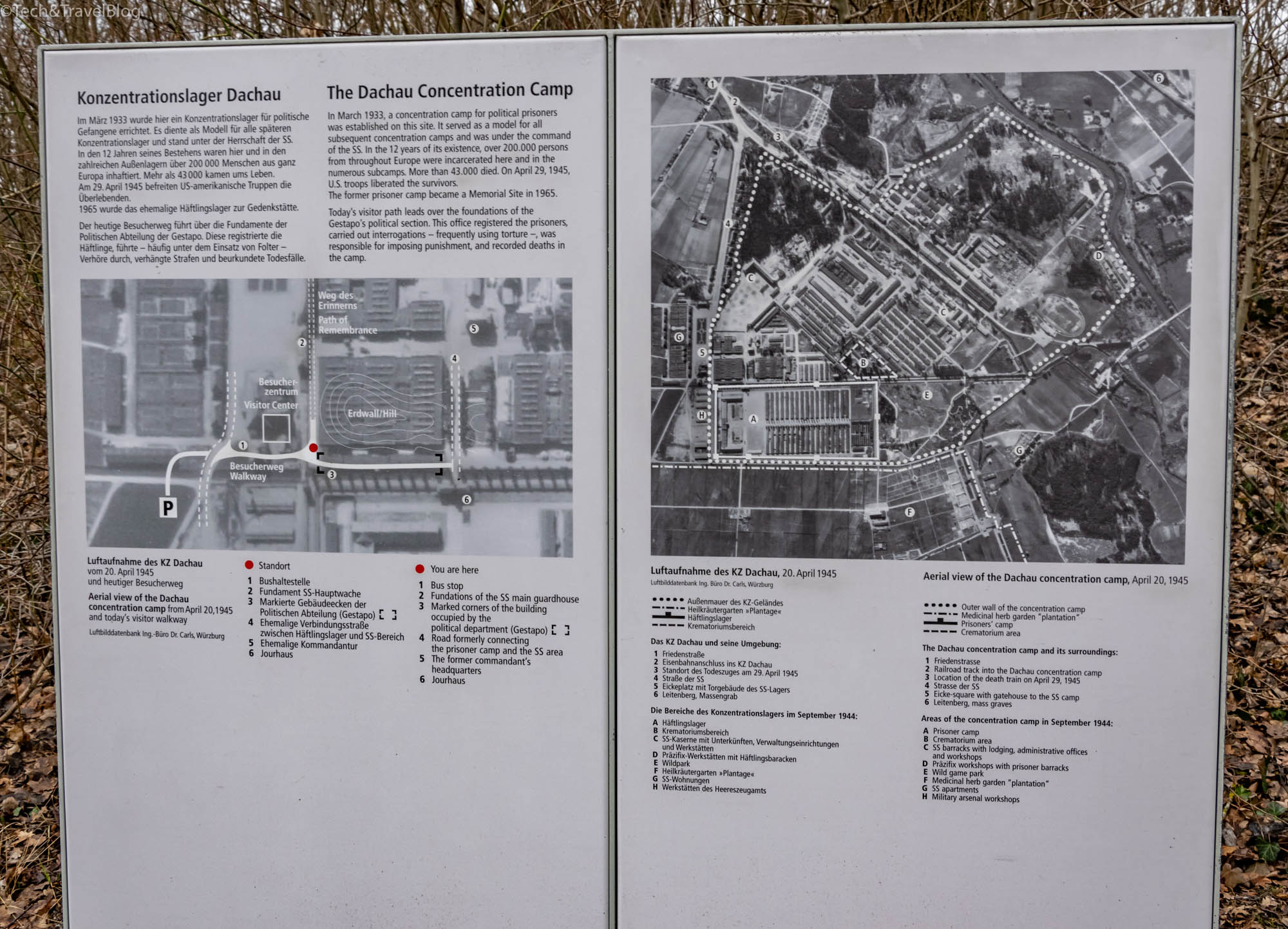
In the beginning, the camp was used for political prisoners – German communists and social democrats, and later became a model and prototype for the concentration camps built later.

Although the death rate was quite high at Dachau, in the Nazi nomenclature it appears as “concentration camp” and not “extermination camp”.
Whether Jews, Gypsies, homosexuals or communists, Polish or Russian prisoners, Catholic monks or Jehovah’s Witnesses, an estimated 30,000 (reported) inmates lost their lives at Dachau and its subsidiary camps.

The number of people (estimated) who passed through the 12 years that the Dachau camp operated is around 200,000, and the prisoners who were not gassed or executed were used for labor (in the arms and ammunition industry, labor inside the camp, road construction or even in the BMW factory) until their last breath or various experiments to which they were subjected by doctors of the SS – the base of the Nazi party – (experiments with malaria – the prisoners were infected with malaria, as later to find antidote through medical research; frostbite in extremely low temperature conditions – cold resistance was tested by means of prisoners who were kept in cold water or snow – and many others).
Release
Dacahu was the second camp liberated by the American army (67,000 prisoners liberated), on April 29, 1945, and in 1965 it was reconstructed as a museum.
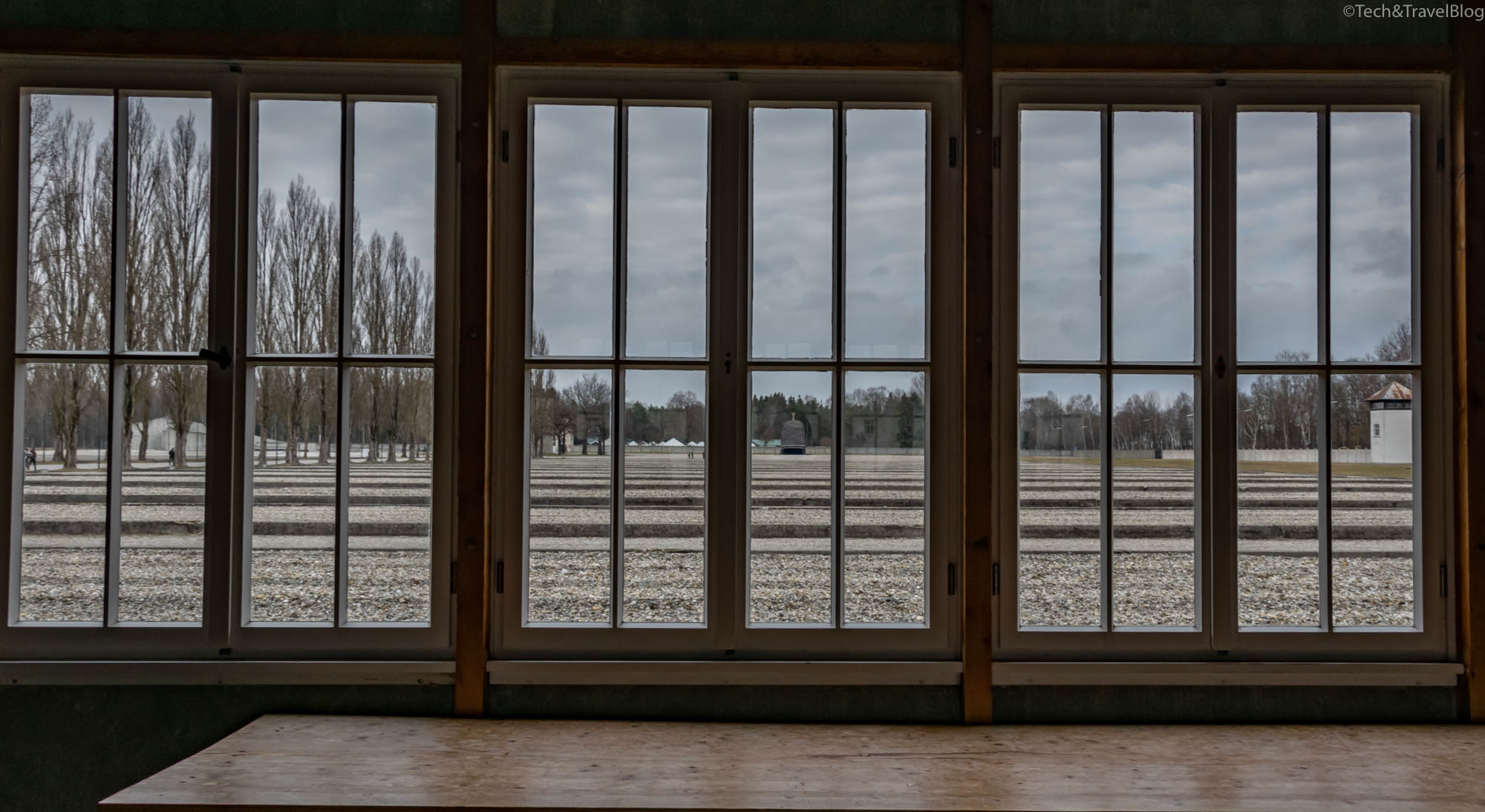
Once the Allied Forces advanced, several Nazi camps had to be evacuated, with the inmates being transferred to other centers, most dying on the death march due to transport conditions or air raids. When American troops arrived at Dachau they found piles of corpses and thousands of skeletal inmates. Along with Auschwitz-Birkenau, Dachau became a “symbol” of the Nazi camps and universe.
Visit to the Dachau concentration center
Entry to the concentration camp is free and is through an iron gate with the ominous and well-known inscription “Arbeit macht frei” (“Work sets you free”).

For us it was the beginning of a journey through the dark past, but years ago, for those who entered this gate it was the biggest nightmare.
Inside the camp, the administrative buildings, the disinfection rooms, the prison and the crematorium have been preserved and there are also two chapels (the Catholic Chapel and the Russian Orthodox Chapel), the Jewish Memorial, a Protestant Church and two reconstructed barracks.
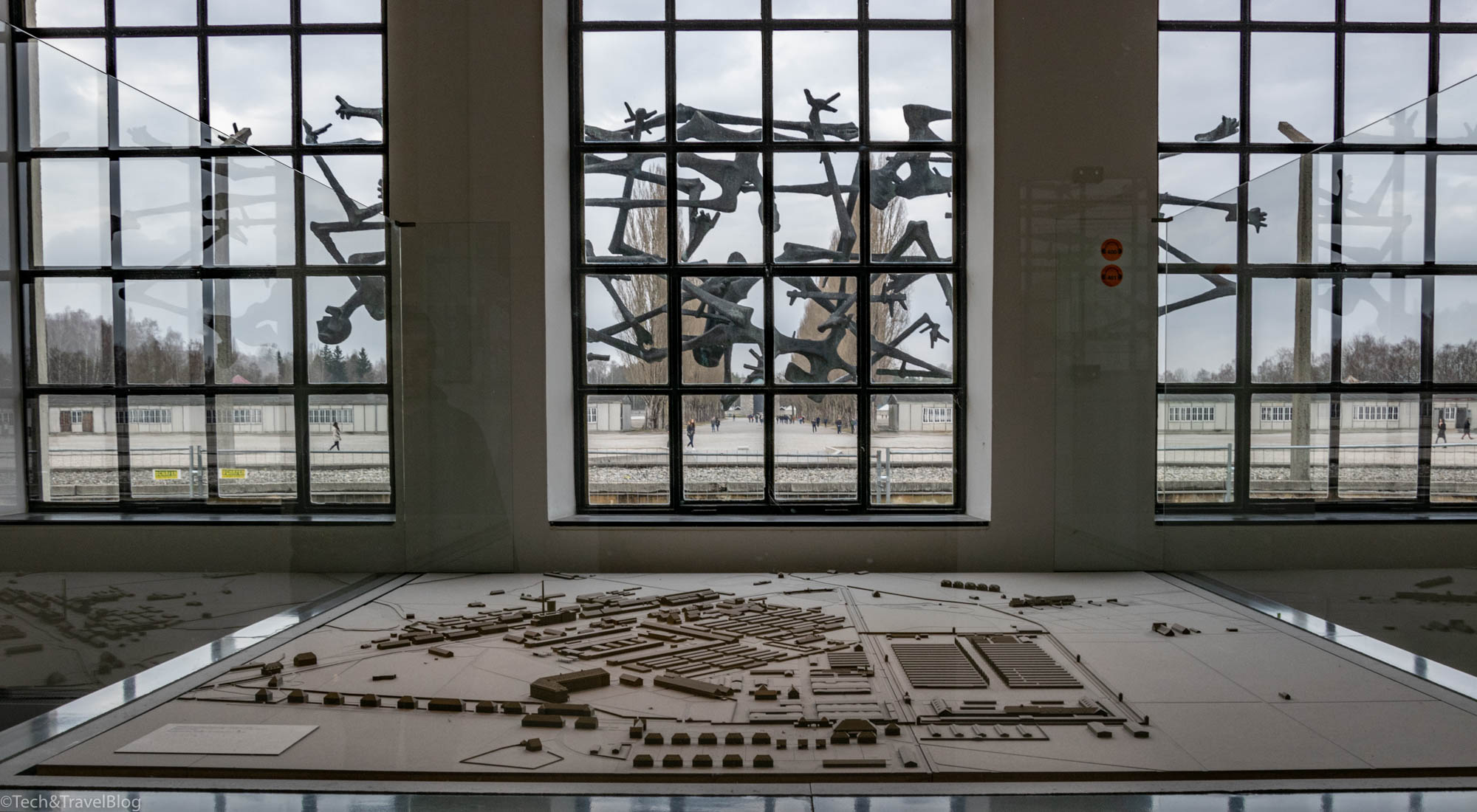
In the building that serves as a museum today, there are photos, information panels, documents, exhibits and a cinema showing films from those times, as well as testimonies of camp survivors.

The museum leads out into a huge courtyard where there is a commemorative monument and the two reconstructed barracks.

Behind them is a long road leading to the crematorium, on either side of which are only the numbered foundations of the former barracks.

At the end of the camp there is a small bridge and you enter the courtyard where the old and the new crematorium are located.

Unable to cope with the large number of dead, a larger crematorium was built with a gas chamber, called the “Brausbad” – the so-called “shower room” where many expected a warm bath, but instead received death by gasification.

For those interested in that period, at the entrance to the courtyard there is a tourist information center where you can buy books or films describing life in the concentration camps. I recommend the movie “La Vita e bella“, inspired by the book “In the End, I beat Hitler” written by Rubino Romeo Salmoni and the father of Roberto Benigni (the director of the movie), who lived for 2 years in a camp, or the series “The Man in the High Castle” based on the science fiction novel written by Philip K. Dick in which the daily life on the territory of the United States is described, and the winners of the war – Imperial Japan and Nazi Germany – plot against each other.

All we can see today at Dachau is a quiet, well-kept place and the stories that happened there, but we cannot know the atmosphere or the life of the camp, where so many innocent lives were lost, the smell of death or the horror. We can only hope that history will not repeat itself and that there are ways to eliminate hatred.
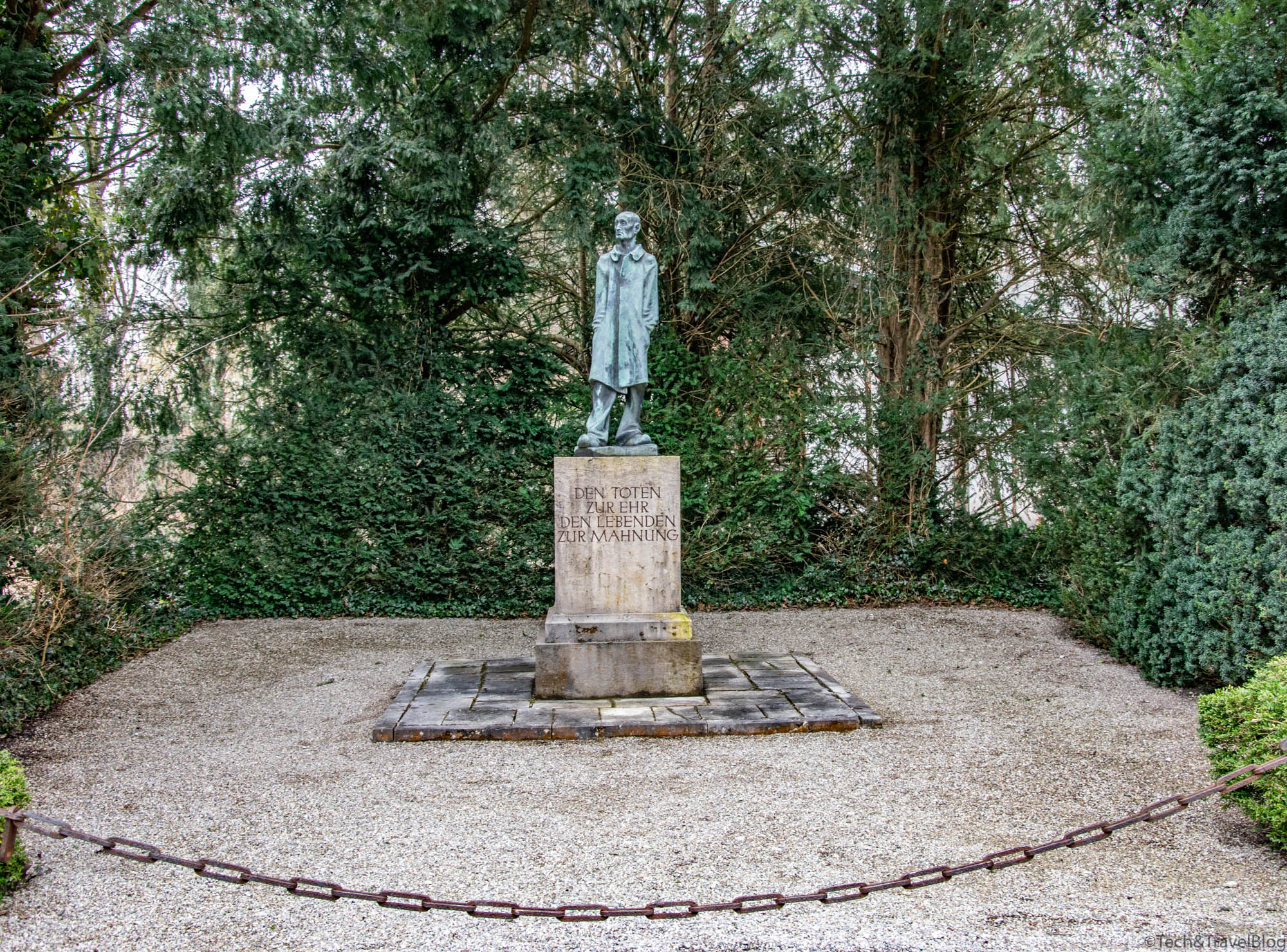
PS: the pictures were taken with the idea of writing this article and presenting a small part of the camp for those who would like to visit it and do not have the opportunity or for those who want to know some details. I wasn’t so much disturbed by what I saw there, because it was in the past, as much as I was disturbed to see the present – people taking smiling selfies in the gas chamber or in front of the crematorium ovens. In my opinion, those people don’t think, don’t know, or don’t realize what terrible things were going on there.
(Dachau – March 2019)






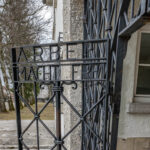


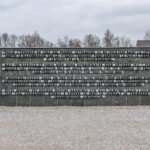

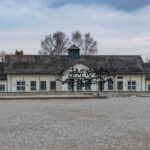



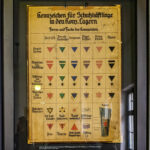












Leave a Reply